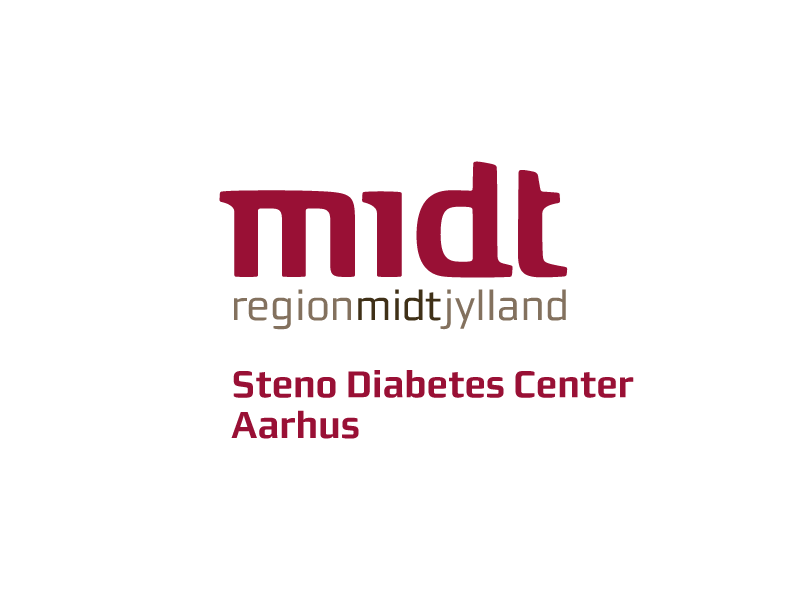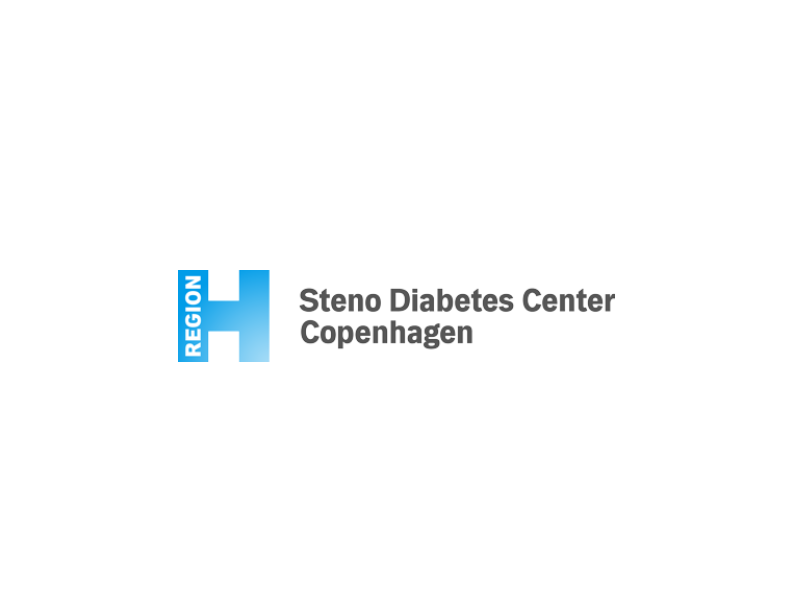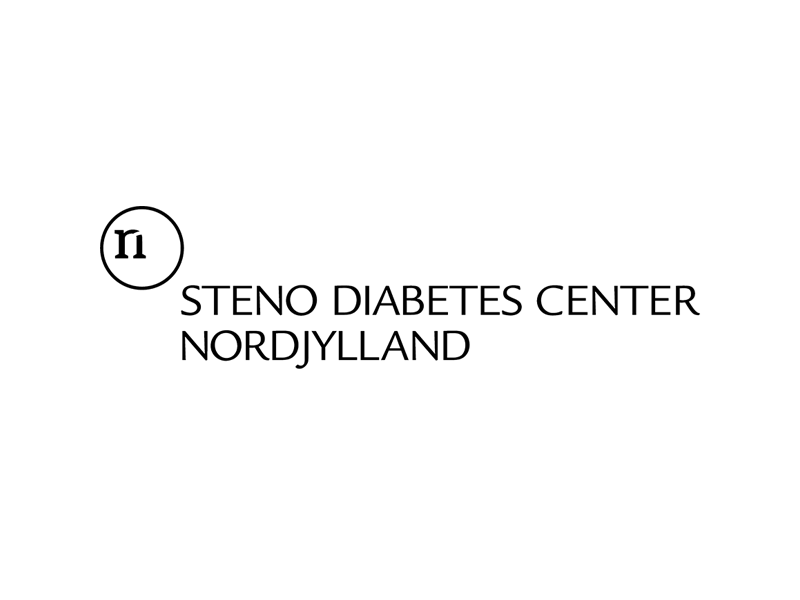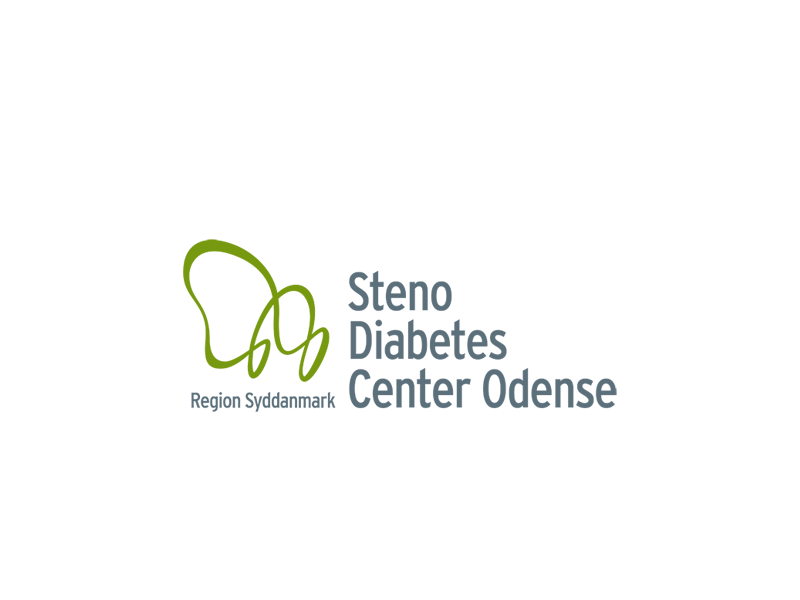Dansk resumé
Flere og flere lever med kroniske sygdomme. Diabetes Mellitus (diabetes) betragtes som en global pandemi. Ca. 5,6% af den danske befolkning er diagnosticeret med diabetes, svarende til ca. 356.000 danskere, heraf ca. 322.000 personer med type 2-diabetes (T2D).
Forskning har vist, at personer med diabetes har væsentlig kortere forventet tid på arbejdsmarkedet, samt væsentligt højere sygefravær og oftere modtager førtidspension sammenlignet med personer uden diabetes.
Forskning har endnu ikke undersøgt arbejdsmarkedsresultater for mennesker med T2D og fodkomplikationer som diabetes-relaterede fodsår eller Charcots fod, komplekse og dyre senkomplikationer til diabetes. Spørgsmålene er, om det primært er diabetes-relaterede fodkomplikationer som kendetegner tab af tilknytning til arbejdsmarkedet blandt mennesker med T2D? Er det muligt, at identificere risikofaktorer for tab af arbejdsmarkedstilknytningen, som kan være betydningsfulde for arbejdet med forebyggelse?
Dette undersøges med data fra Center for Strategisk Forskning i Type 2 Diabetes, koblet med data fra de unikke danske registre ved Danmarks Statistik.
Abstract
Background. People with diabetes have significantly shorter working life expectancies with more working years lost, substantially higher sickness absence, unemployment gradient, and disability pension than people without diabetes. Investigating labour market outcomes for people with T2D and foot complications (diabetes-related foot ulcers and Charcot's foot) is lacking.
AIM. To characterise and compare persons with T2D foot complications versus persons with T2D without foot complications, concerning clinical data, self-reported & interview data, comorbidities, and socio-economic factors as determinants for potential risk of labour market outcomes.
THE PRIMARY HYPOTHESIS: people with T2D foot complications are at greater risk of having worse labour market outcomes than people with T2D without foot complications.
THE SECONDARY HYPOTHESIS: people with T2D and Charcot's foot differ in socio-economic demographics, co-medication, and comorbid conditions from those with T2D-related foot ulcers.
Methods. The study is a register-based cohort study using data from The Danish Centre for Strategic Research in Type 2 Diabetes (DD2) linked to the Danish National Registries via Statistics Denmark. The study population is adults enrolled in DD2 ≥ 18 years of age in Denmark diagnosed with T2D.
THREE PREDEFINED NON-OVERLAPPING RISK GROUPS will be used, T2D and: 1) Charcot foot, 2) foot ulcers, and 3) without foot complications.
PRIMARY OUTCOMES are labour outcomes.
Expectations. The study is expected to be of national and international interest, as little is known about this population. The study contributes to preventive labour market knowledge concerning T2D people, which is crucial since we face an increasing labour shortage.
Formål
The aim is to phenotypically characterise and compare the populations of persons with T2D foot complications (diabetes-related foot ulcers and Charcot's foot) vs persons with T2D but without DFU. This is concerning clinical data characteristics (HbA1c, body mass index, central obesity, cholesterol, CRP levels, blood pressure), self-reported and interview data (comprising quality of life measures, tobacco smoking/use), and diabetes distress (20-item Problem Areas in Diabetes Scale), perceived stress (10-item Perceived Stress Scale) and depressive symptoms (10-item short form of the Center for Epidemiological Studies Depression Scale Revised), comorbidities, co-medication, and socio-economic factors (education, civil status, cohabitants, living alone, children living at home, income, etc.) as determinants for potential risk groups of labour market outcomes.
Studiepopulation
The study is a register-based cohort study using data from The Danish Centre for Strategic Research in Type 2 Diabetes (DD2) linked to the Danish National Registries via Sundhedsdatastyrelsen and Statistics Denmark. The study population is adults enrolled in DD2 ≥ 18 years of age in Denmark diagnosed with T2D, diabetes-related foot complications, DFU or Charcot's foot, and a matched control group found within DD2. Design for sampling: all individuals meeting the inclusion criteria by 01/12/2023 will be included




